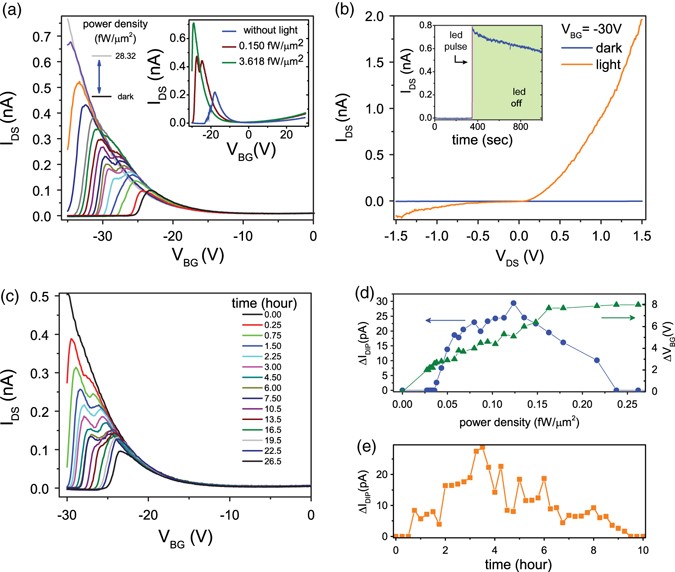

Two " kerfless" methods (without abrasive sawing) for separating the epitaxial layer from the substrate are called "implant-cleave" and "stress liftoff". Methods for growing the epitaxial layer on monocrystalline silicon or other wafers include: various types of chemical vapor deposition (CVD) classified as Atmospheric pressure CVD (APCVD) or metal organic chemical vapor deposition (MOCVD), as well as molecular beam epitaxy (MBE). Silicon epi wafers were first developed around 1966, and achieved commercial acceptance by the early 1980s. The epi layer may be the same material as the substrate, typically monocrystaline silicon, or it may be a more exotic material with specific desirable qualities. ( January 2017) ( Learn how and when to remove this template message)Īn epitaxial wafer (also called epi wafer, epi-wafer, or epiwafer ) is a wafer of semiconducting material made by epitaxial growth ( epitaxy) for use in photonics, microelectronics, spintronics, or photovoltaics.

Please help improve this article if you can. The specific problem is: There exist more applications than mentioned yet. This article may require cleanup to meet Wikipedia's quality standards. Plus, here is some info regarding Hetero Plugin. You should be good to go if you had able to run after Installation Guide for Linux* tho. Seems like the program is unable to locate the Plugin library.

You can refer here for supported network: Some conversion are done automatically, for instance, execution on GPU with CPU as a fallback, you need to use only FP16 IR, the waste will be automatically converted from FP16 to FP32 by the Hetero plugin. Please also note that different devices use different datatypes, such as CPU uses FP32 while GPU can use FP32 and FP16. Please note that some topology is not friendly to heterogeneous execution on some devices or cannot be executed in such mode at all. Note: My NCS2 is working on demo provided with the installation.Īny chance that you tried to put CPU as highest priority and see whether it works? "HETERO:MYRIAD,CPU" -basically if its fails to run the network on Myriad it will automatically use CPU, if this works means that something is wrong with the Myriad device. I have installed the last openvino toolkit version and when I use CPU only it is working well. RuntimeError: Failed to create plugin libHeteroPlugin.dylib for device HETEROĬannot load library 'libHeteroPlugin.dylib': dlopen(libHeteroPlugin.dylib, 1): image not found Self.layers_map = self.ie.query_network(network=, device_name=device_name)įile "ie_api.pyx", line 373, in openvino.inference_engine.ie_network Self.model_loaded = Model(MODEL_PATH, DEVICE)įile "/Users/samo/Documents/1_formation/1_intel_edge_course/project_5/Computer-Pointer-Controller/src/model.py", line 34, in _init_
#Quantumwise hetero layer device mac#
I have tried to launch an inference with both device "HETERO:CPU,MYRIAD" on my mac and I get this error:įace_Detect = FaceDetection(args.face_detection, vice)įile "/Users/samo/Documents/1_formation/1_intel_edge_course/project_5/Computer-Pointer-Controller/src/facedetection.py", line 12, in _init_


 0 kommentar(er)
0 kommentar(er)
